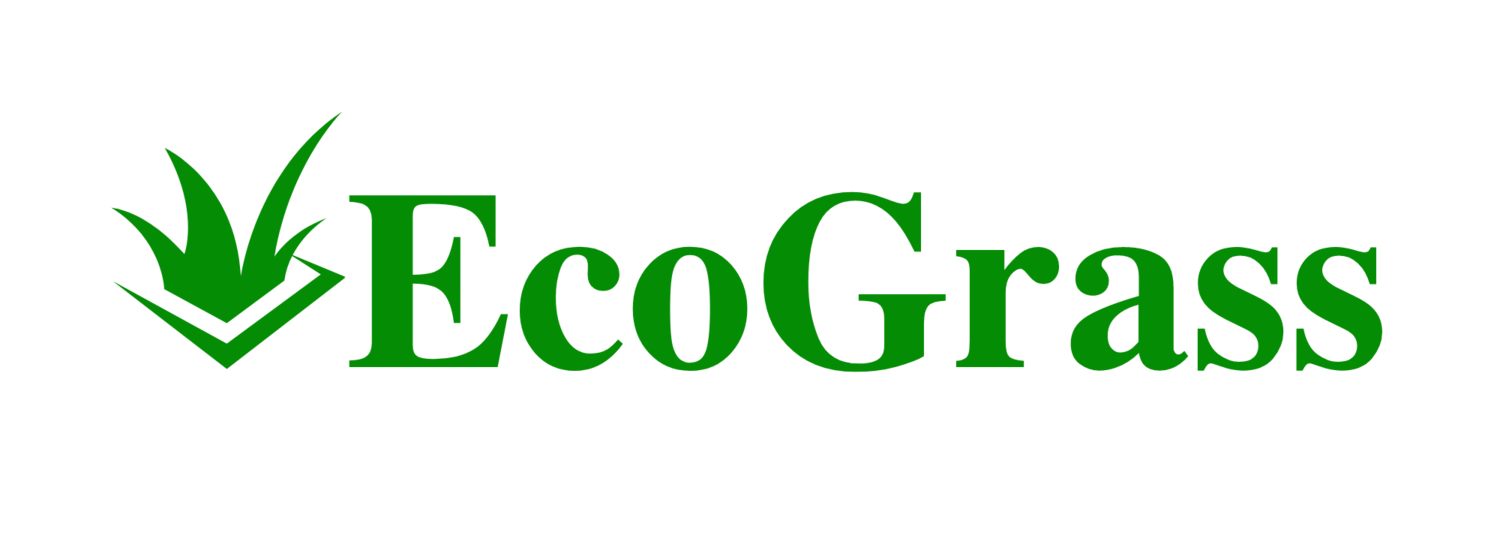When installing artificial grass, whether it's for your home's lawn, a commercial setting, or any outdoor space that requires low maintenance and year-round greenery, the foundation beneath is just as important as the turf itself. Preparing the right base for your artificial grass is critical for ensuring longevity, proper drainage, and maintaining the appearance and feel of natural grass.
The process begins with clearing the area of any weeds, rocks, or debris, followed by excavation to create space for the sub-base materials. The choice of material for the sub-base varies, but commonly used options include crushed granite, limestone dust, or sometimes, a specific type of sand that compacts well while remaining permeable. This solid foundation supports the synthetic turf above, allows efficient drainage, prevents sagging and unevenness, and contributes to the overall performance and durability of your outdoor area.
Preparation and Base Materials
In preparing for artificial grass installation, ensuring a well-prepared and solid foundation is critical. This includes appropriate ground preparation, a stable base to promote drainage, and measures to prevent weeds and pests.
Ground Preparation
Before laying artificial grass, start by clearing the existing surface of any weeds, rocks, or debris. If you're working with a hard surface like concrete, ensure it's smooth and clean. For soil or dirt areas, use a sod cutter or shovel to strip away any grass and excavate the ground to a depth of around 3-4 inches. This step is vital as it influences the durability and functionality of your artificial turf.
Soil Type: Adapt your approach based on whether you have decomposed granite, native soil, or different ground conditions.
Grading and Compaction: Achieve appropriate grading for water drainage and then compact the sub-base using a plate compactor for optimal stability.
Drainage and Stability
A crucial aspect of groundwork is to ensure sufficient drainage and stability of the artificial grass:
Base Materials: Utilize a mix of gravel, class II road base, or crushed stones as the primary sub-base material.
Drainage Layer Specifications: Apply a perforated drainage layer when installing over a hard surface or where enhanced water drainage is needed. For areas prone to drainage problems, consider installing a French drain or similar drainage system.
Structural Support: Aim for a compacted sub-base that provides firm structural support, which should be around 90% compaction to prevent settling.
Weed and Pest Prevention
To negate weed growth and deter pests beneath your artificial grass, applying a dedicated protective layer is essential:
Weed Barriers: Lay down a commercial weed barrier cloth to block light and inhibit weed growth.
Pest Deterrents: In regions with burrowing animals, install gopher wire or a similar mesh below the base materials.
Note: Always apply a weed killer treatment to the excavated area to effectively prevent weeds from taking root underneath your artificial turf.
Installation and Maintenance
Proper installation and maintenance are critical for ensuring the durability and longevity of your artificial grass. Paying attention to the base, seaming, and infill processes will help avoid common issues like bumps, wrinkles, and gaps, while routine care will maintain an aesthetically pleasing appearance and prevent mold and bacteria growth.
Laying and Securing Turf
When installing artificial grass, preparing a solid sub-base is crucial. Remove all debris and level the ground, ensuring there are no bumps or uneven surfaces. Lay a geo-textile barrier to prevent weed growth. Roll out your turf, being careful to eliminate wrinkles. Secure the edges with nails or staples approximately every 20-30 centimeters, particularly if your lawn will experience heavy traffic or recreational activities.
Tools you'll need:
Shovel or spade for excavation
Geo-textile barrier
Staples or nails
Hammer or mallet
Infill and Finishing Touches
Infill provides necessary durability and keeps the turf blades upright, which is essential for a natural look and feel. Spread the infill material, typically silica sand or crumb rubber, evenly across the surface. Brush the infill into the turf to help the fibers stand up and enhance their natural appearance. This step is crucial for long-lasting, aesthetically pleasing results and will help to maintain cleanliness.
Steps for infill:
Distribute infill evenly.
Brush turf to settle infill.
Add more infill if necessary, until you achieve the desired density.
Care and Longevity
To ensure longevity and low-maintenance of your artificial grass, regular cleaning is required. Remove debris with a leaf blower or a plastic rake. Rinse the turf with water to prevent dust accumulation. Address spills immediately to prevent staining. For pet owners, use a deodorizer to combat odors and routinely rinse areas that pets frequently use to maintain cleanliness and prevent the build-up of mold or mildew.
Maintenance checklist:
Remove debris and leaves.
Rinse regularly with water.
Address spills swiftly.
Apply deodorizer as needed.
By following these steps on installation and maintenance, your artificial grass will remain functional and attractive for years to come, providing a low-maintenance alternative to natural grass.

